Image Credit: Lang Consulting Ten of the modular units were assembled around a central atrium that provided a lounge, a common kitchen, and washrooms.
UPDATED on Oct. 28, 2015
A Passivhaus-certified housing project for students in Vienna, Austria, is built from prefabricated modular units that can be set up in a matter of days and moved to a new location later as needs and land availability change, Germany’s Passivhaus Institut (PHI) said.
The project consists of 10 modular units arranged around a large common atrium with washrooms and a kitchen. Each of the Passivhaus-certified units consists of four bedrooms two bathrooms, and a common area with a mini-kitchen, and was built at below-average costs for the area without any public or private subsidies.
Günter Lang, a consultant on the project, said in a news release that conventional subsidized social housing typically costs 1,450 euros per square meter in Vienna, the equivalent of $154 per square foot at current exchange rates. This student housing was built for 1,140 euros per square meter ($121 per square foot), and has a much lower annual heating demand than conventional housing — 15 kilowatt hours per square meter per year vs. the 25-to-40 kWh/sq. meter for conventional housing.
Students living in the project would pay no more than 350 euros (currently $397) per month for a room, which includes utilities and other ancillary costs.
“This impressively refutes all preconceptions that energy efficiency does not pay off,” Lang said.
Many uses in areas where housing is scarce
Vienna’s project has been promoted as student housing, but the Passivhaus Institut said it also holds promise for other projects in which speedy completion, flexible building layouts, and energy efficiency all are important. One such example PHI cited was refugee housing.
The PopUp-GreenFlexStudios project, as it’s called, was completed in September, spearheaded by Christoph Chorherr, the planning spokesman for Vienna’s Green Party. Chorherr was motivated by an acute shortage of affordable building sites in the city, particularly for student dorms. But he also emphasizes the versatility of the modular units, “especially in view of the current demand for additional housing for refugees,” PHI said.
The Institut said that the self-contained units could be set up on lots that are temporarily vacant and moved if the land is needed for another purpose.
Boxes built under cover in two months
At the website of Lang consulting, the units are described as “completely self-sufficient and functional, and can be relocated to various properties five times within 30 years including their furniture.”
The units are apparently built with wood and insulated with some form of mineral wool. Lang describes them as “nogging piece constructions” made without chemical preservatives. They are insulated with 40 centimeters (15 3/4 inches) of mineral wool, but details such as the spacing of studs and cross pieces, and how the air barrier is formed are not clear.
In a followup email, Lang said each unit includes its own ventilation, hot water, and heating and cooling provided by a “mini heat pump.” The units are 5.5 meters by 16.8 meters (18 feet wide and 55 feet long).
Lang Consulting says, “The GreenFlexStudioBoxes were pre-constructed in the weatherproof construction hall within two months, including windows, facing, blinds, doors, furniture, venting, heating, sanitary equipment and lighting. By means of special transporters, the finished boxes were transported from Schwanenstadt in Upper Austria to Vienna overnight.
“At the target location, the 75 m² (807 square feet) accommodation sections were lifted and shifted by a truck-mounted crane and fixed in place. The 5 ground-floor boxes are set and fixed on deep-seated, prefabricated concrete foundations. The 5 upper-floor boxes were placed on the ground-floor boxes in an offset order and were efficiently anchored statically. The central hall is also made up of prefabricated wooden parts.
“Afterwards, the boxes only had to be connected to water, power, and canalization [sewer] on site and were immediately ready for occupation. The setup of the 1,000 m² (10,764 square foot) student accommodation on site, including 10 GreenFlexStudioBoxes and an atrium took only one week. The finishing works in the interior and exterior areas can then be completed within 3 weeks.”
Weekly Newsletter
Get building science and energy efficiency advice, plus special offers, in your inbox.

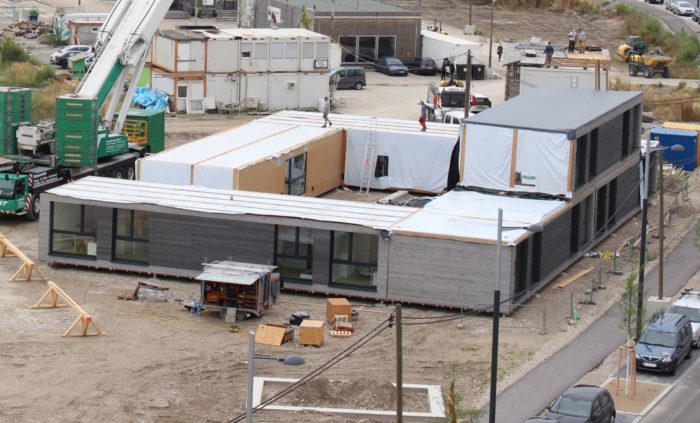




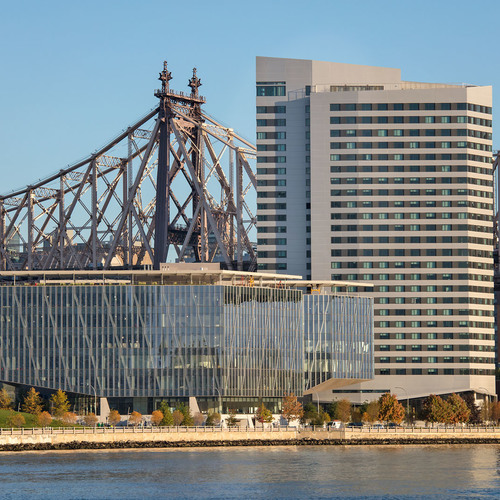
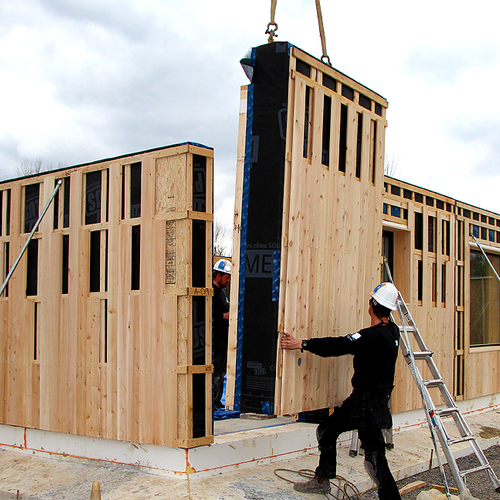
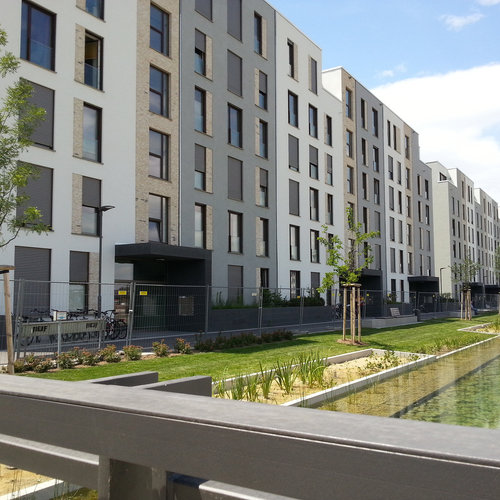
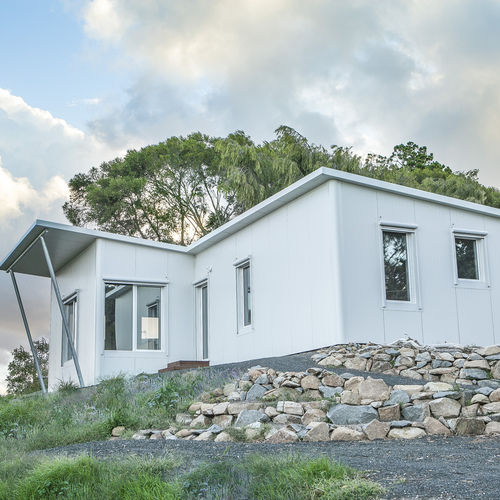






0 Comments
Log in or create an account to post a comment.
Sign up Log in